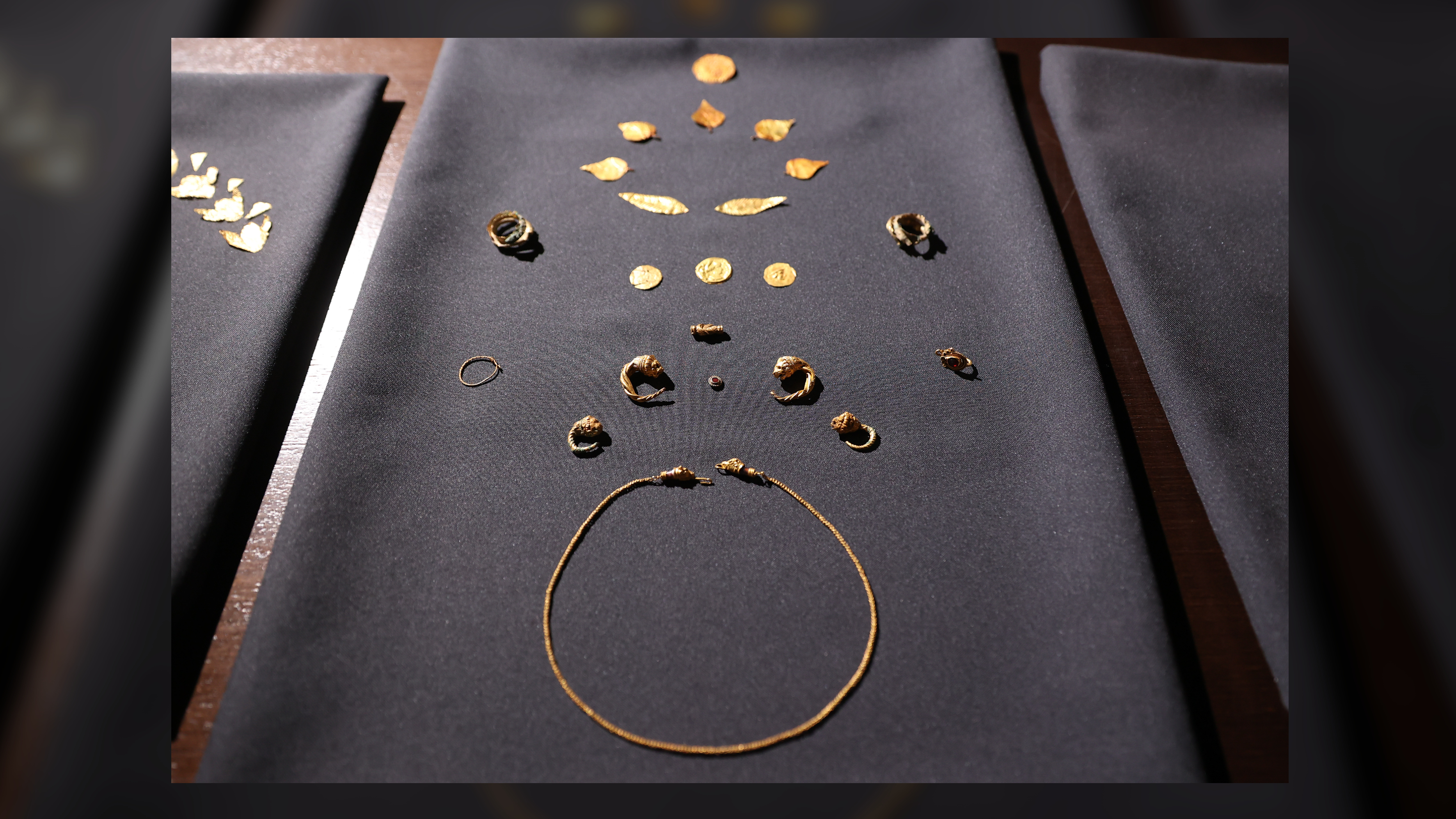2,100-year-old burial of Aphrodite 'priestess' discovered in Russia
Archaeologists have unearthed a silver medallion depicting the Greek goddess Aphrodite in a 2,100-year-old grave on the northeastern coast of the Black Sea.
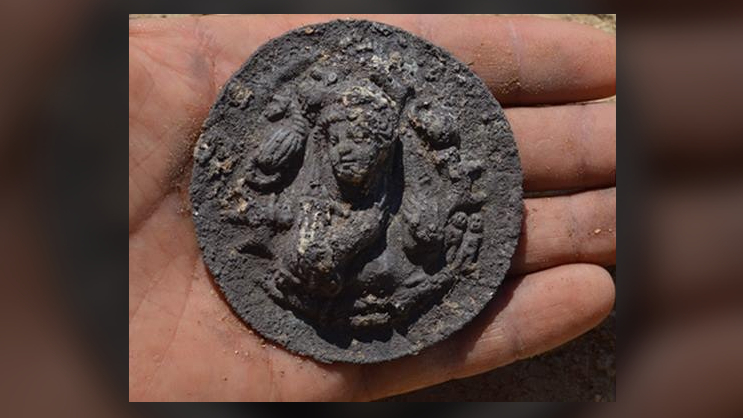
Russian archaeologists have unearthed an intricately detailed silver medallion of the Greek goddess Aphrodite in the 2,100-year-old grave of a young woman, possibly a priestess, on the northeastern coast of the Black Sea.
The medallion also shows 10 — not the known 12 — signs of the zodiac, and gives unique insight into religious practices at that time and place.
Some researchers have proposed that the woman in the grave was a priestess of Aphrodite, the ancient Greek goddess of beauty and love, but there's no way to be sure — although there are indications that her rings, silver earrings and other grave goods were also dedicated to the goddess.
"I do not call the woman buried with this medallion a 'priestess,'" Nikolay Sudarev, an archaeologist with the Russian Academy of Sciences who helped make the discovery, told Live Science. But the burial and its goods appear to be "connected with the cult of Aphrodite," he said.
Related: Roman-era statues of Aphrodite and Dionysus unearthed in Turkey
The grave is among a number of striking finds unearthed this summer at a site near the shore of the Taman Peninsula, east of the Crimean Peninsula and between the Black Sea and the Sea of Azov. The researchers also found the tomb of a warrior buried between the fourth and sixth centuries A.D. — about 500 years after the earlier grave — alongside a large iron sword that indicates a Persian influence.
Together, the latest finds confirm that the site was the ancient Greek colony city of Phanagoria and show how the city developed in later centuries, according to a statement from the Volnoe Delo Foundation, a nonprofit founded by Russian billionaire and industrialist Oleg Deripaska that has sponsored research there since 2004. (Deripaska was indicted by the U.S. Department of Justice in September for violating sanctions. A spokesperson for Deripaska told Live Science that "Deripaska previously called sanctions against him 'false and groundless' and has been disputing them in court since 2019.")
Get the world’s most fascinating discoveries delivered straight to your inbox.
Ruben Bunyatyan, a spokesperson for the foundation, told Live Science that archaeologists at the site are also conducting excavations underwater, as about a third of the ancient city has since been flooded.
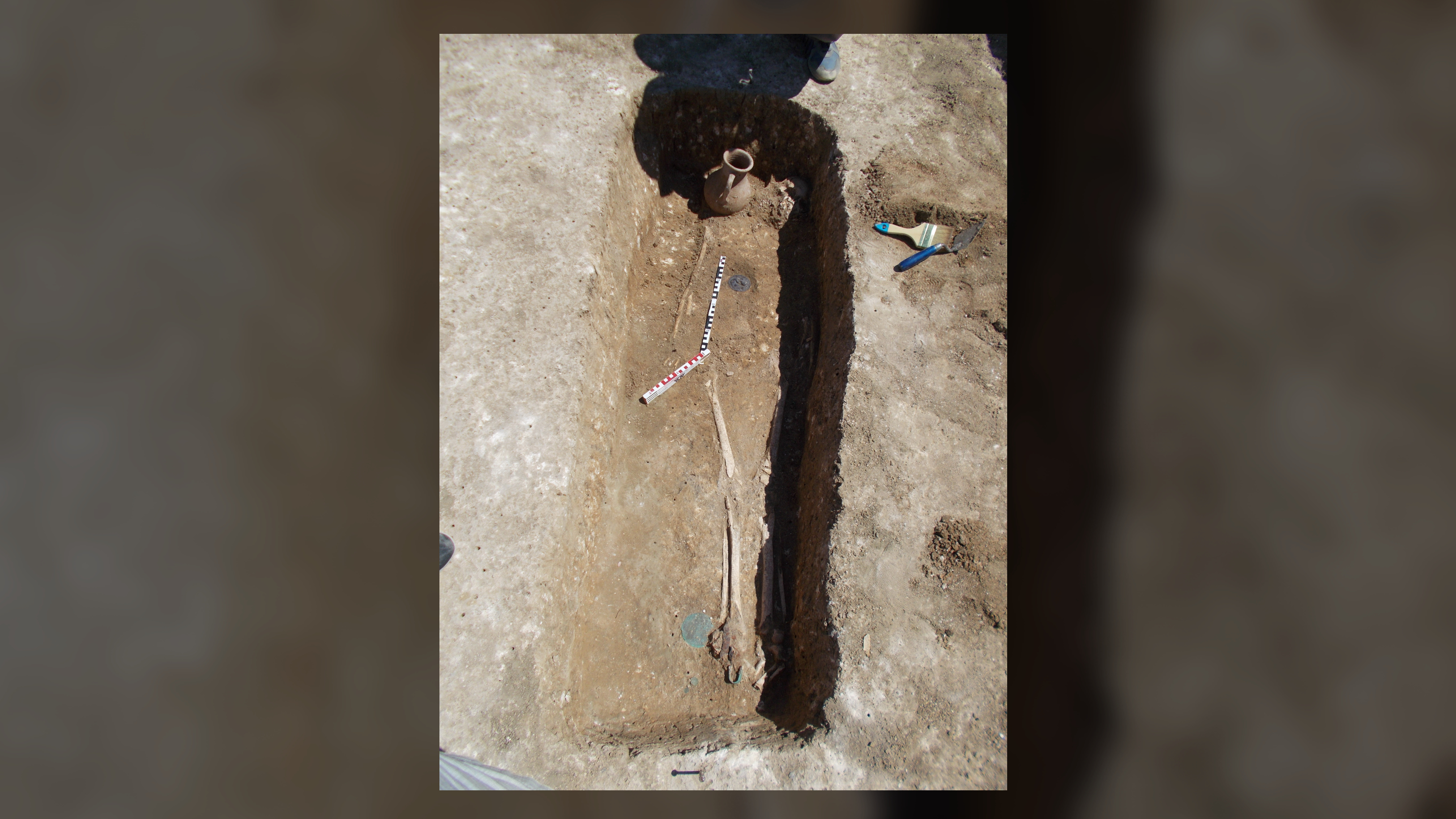
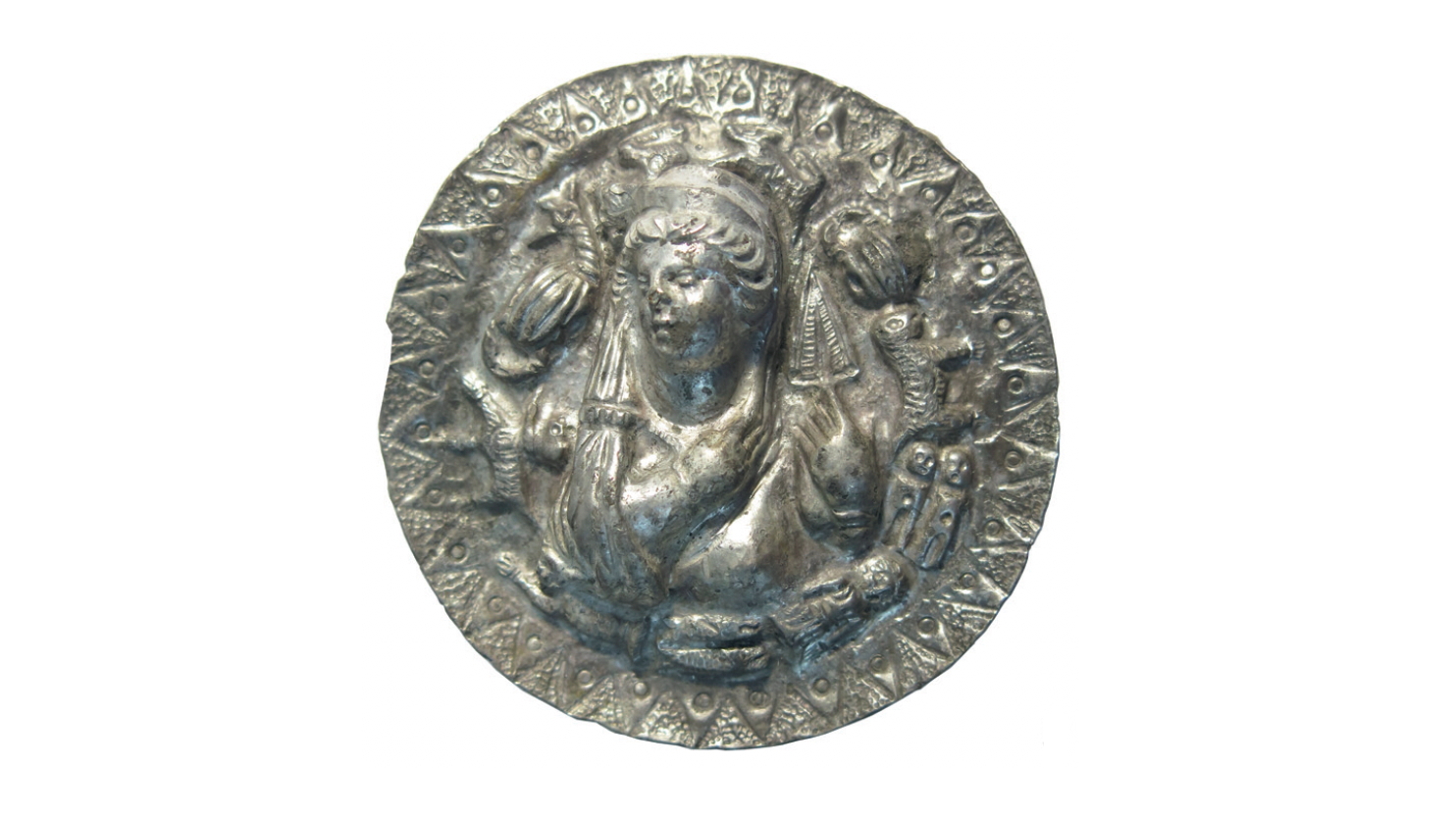
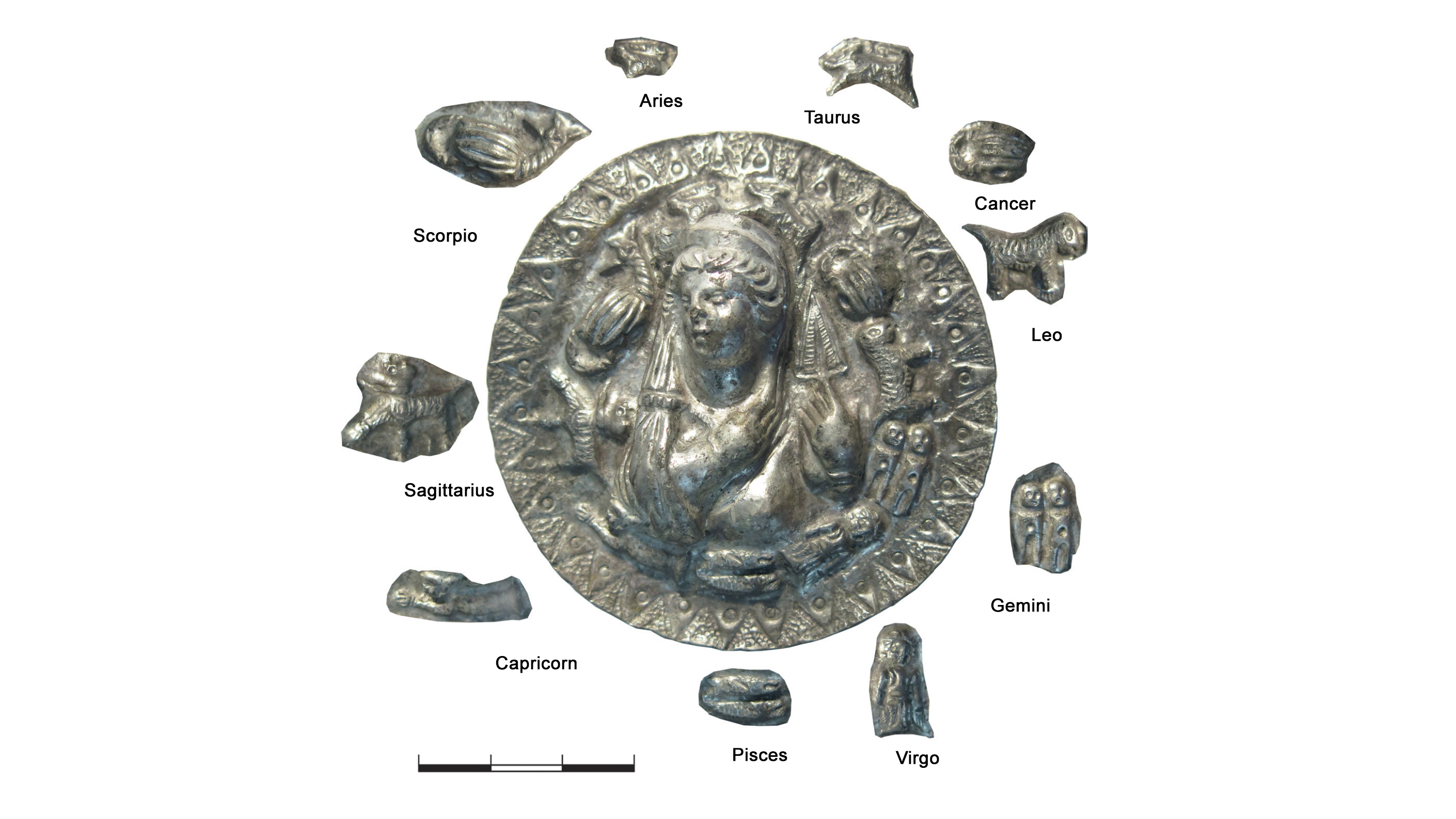
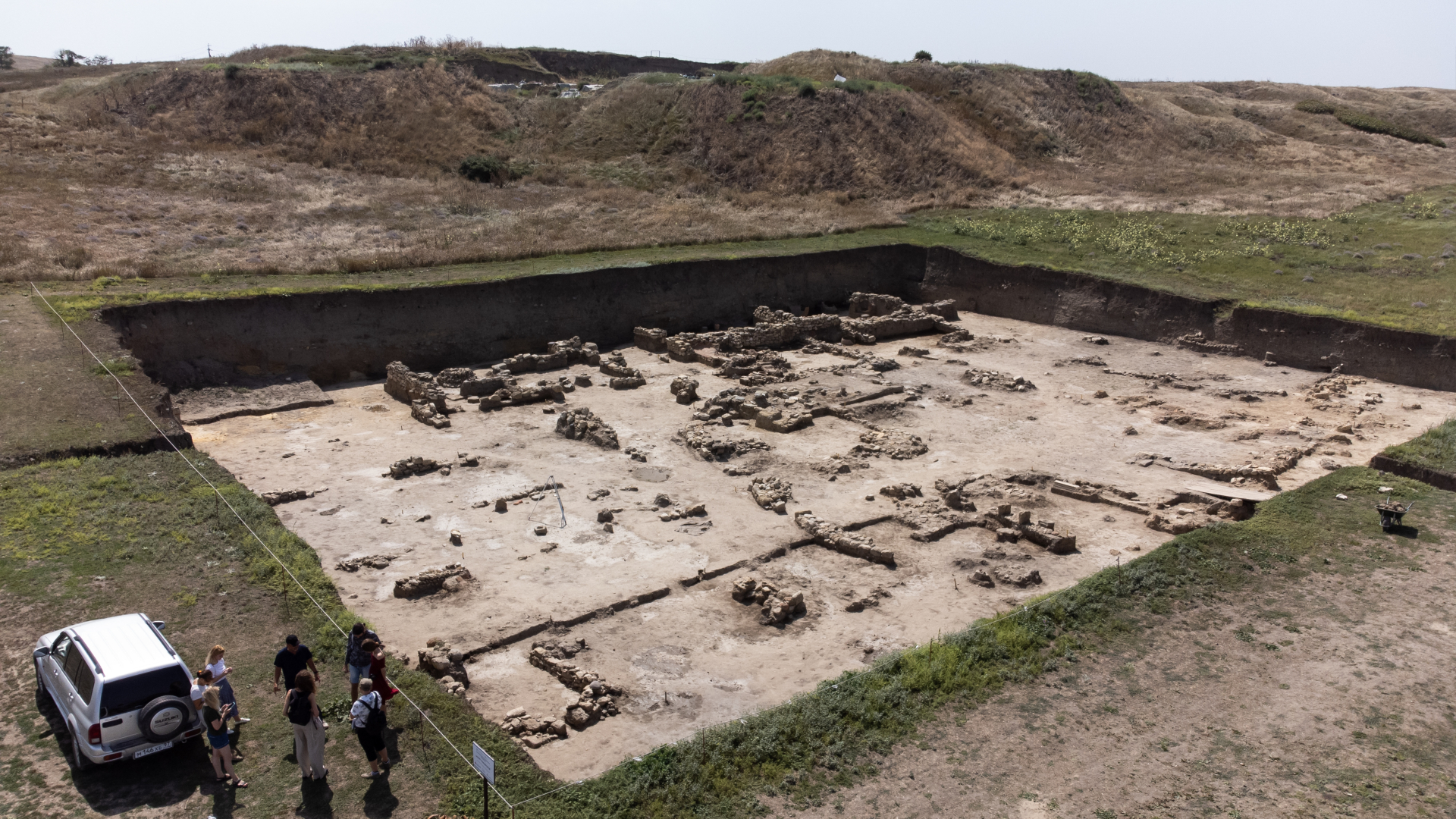
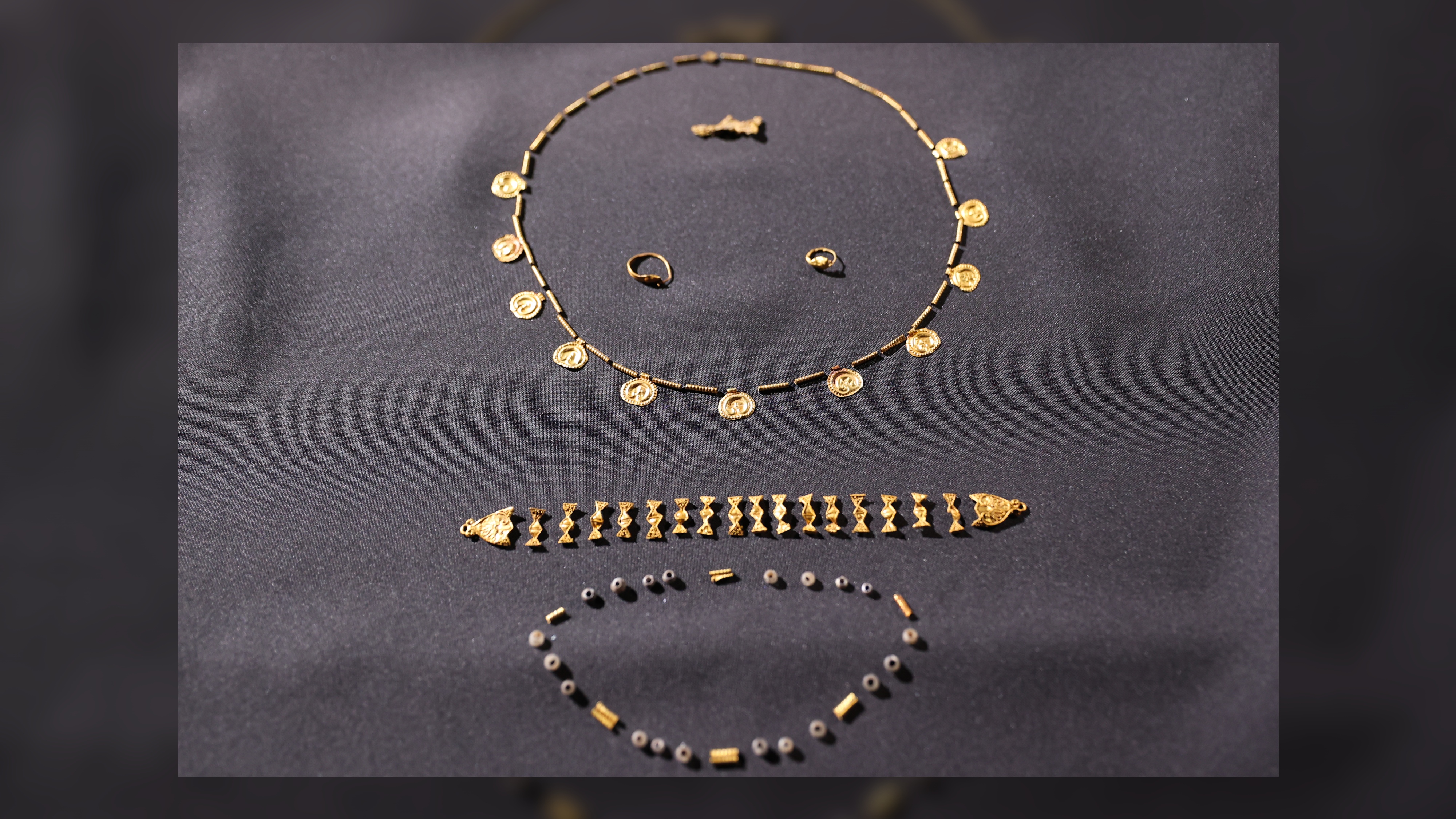
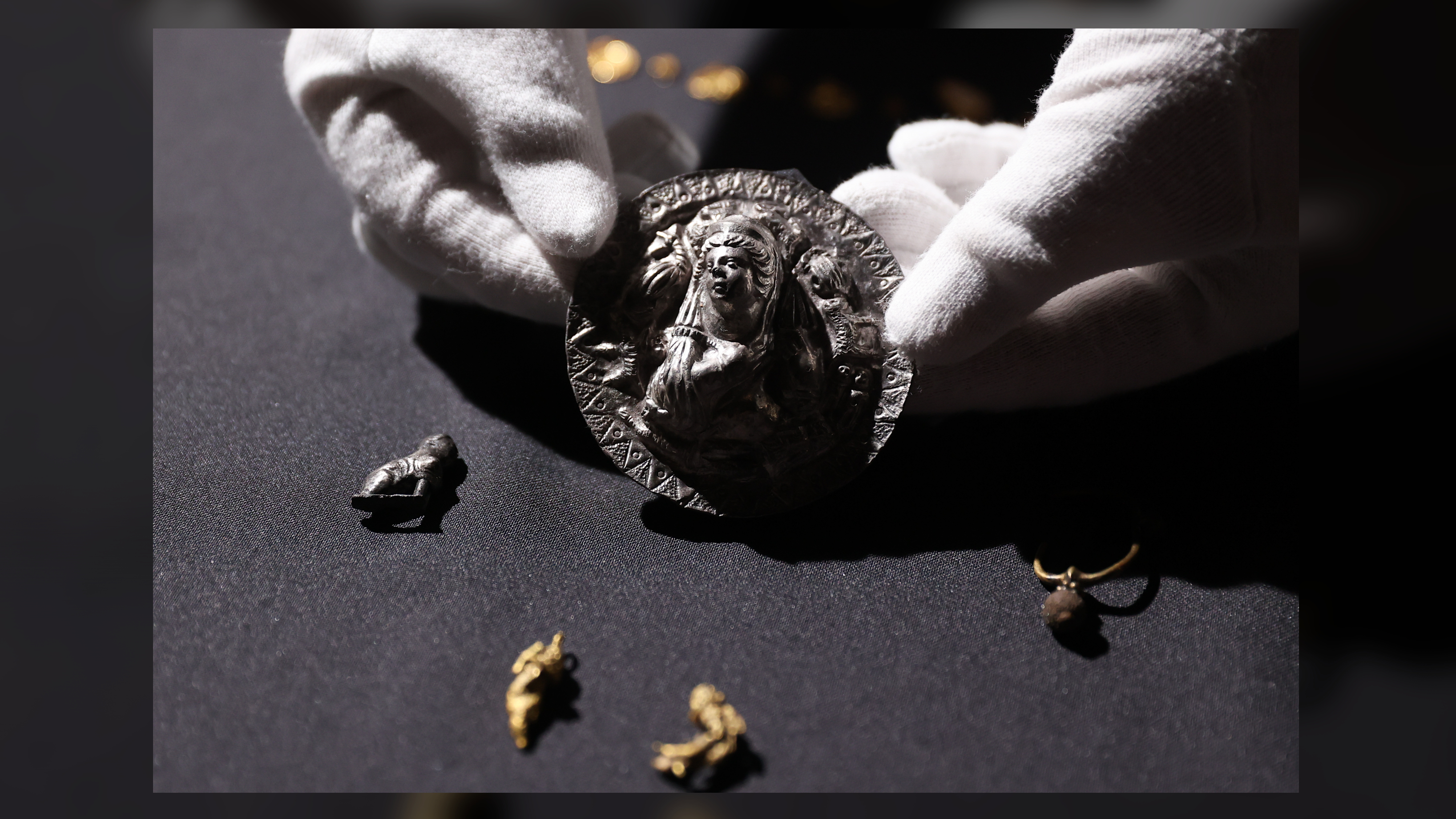
Colony city
According to the ancient Greek historian Hecataeus of Miletus, Phanagoria was founded in the sixth century B.C. by refugees from Teos, a Greek city on the coast of Anatolia (modern-day Turkey) after it was sacked in about 540 B.C. by the Persian king Cyrus the Great.
Phanagoria was located near other Greek colony cities in the northeastern region of the Black Sea, which was known to the ancient Greeks as the Cimmerian Bosporus, named after a local people called the Cimmerians and a word that means "cattle passage"; it’s also found in other Greek-named places, such as the Bosporus (also spelled "Bosphorus") Strait near Istanbul.
"Mainly Greeks lived in these cities from the 6th to the 2nd centuries B.C.," Sudarev told Live Science in an email. "Over time, the number of barbarians and a mixed population increased."
The silver medallion found in the early first century B.C. grave shows the embossed head, shoulders and hands of Aphrodite — identified by Sudarev and his colleague, archaeologist Mikhail Treister, based on other contemporary iconographic portrayals.
The portrait is surrounded by 10 embossed symbols that correspond to signs of the zodiac, including a lion for Leo, a bull for Taurus and a scorpion for Scorpio. But the symbols for the zodiac signs Aquarius and Libra are missing, and the researchers don't know why.
According to Haaretz, an Israeli newspaper, the inclusion of the zodiac indicates the medallion is a portrayal of "Aphrodite Urania" — the heavenly aspect of the goddess, as distinct from her Earthly aspect, "Aphrodite Pandemos."
It also suggests a belief in astrology, the idea that the positions of celestial bodies can influence events on Earth, which was widespread throughout the ancient world. "This is one of the earliest depictions of the signs of the Zodiac in the Greek world," Sudarev said. "This could have been brought from Ptolemaic Egypt."
Related: Roman 'Zodiac' coin with cancer sign unearthed in Israel
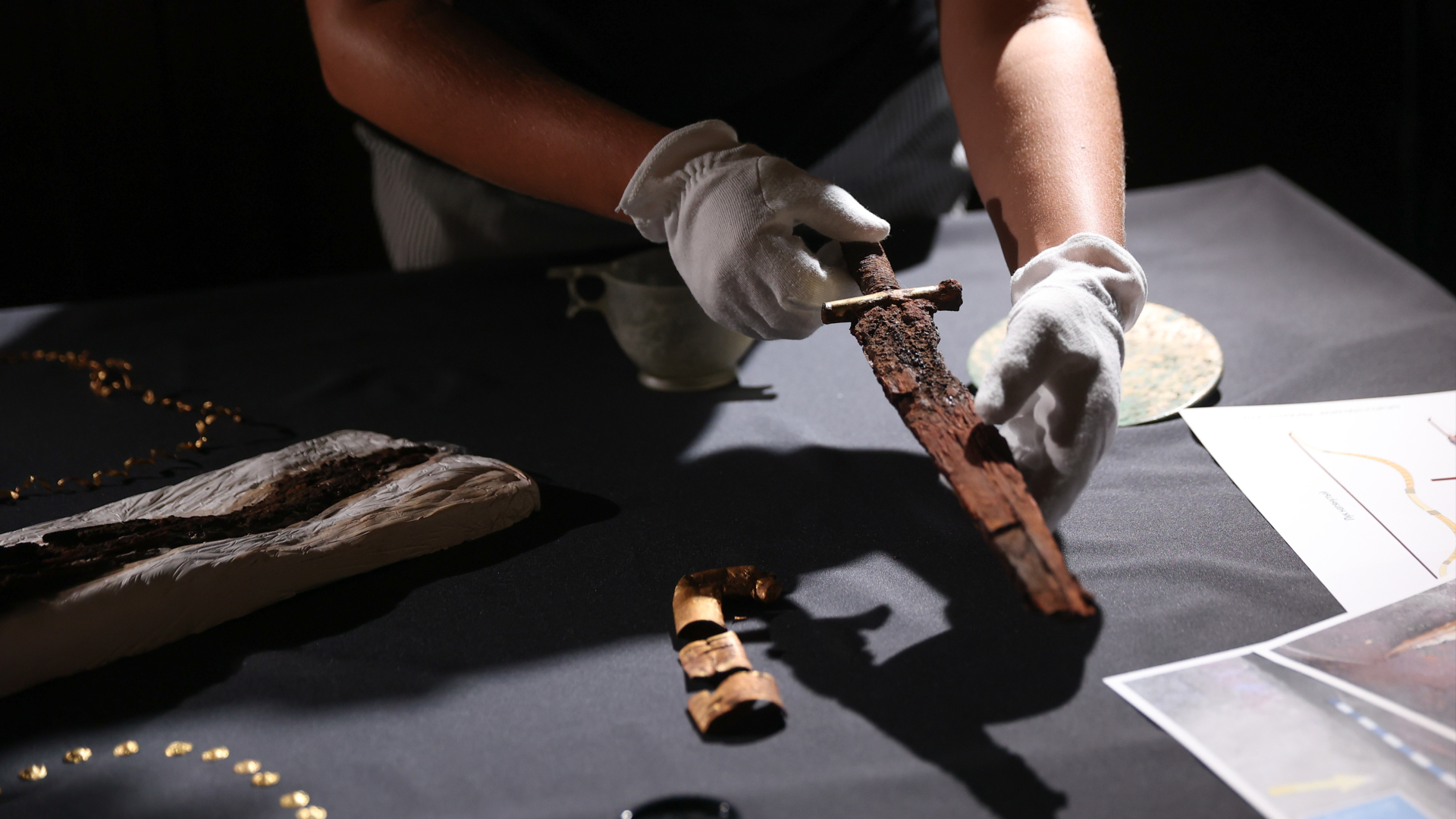
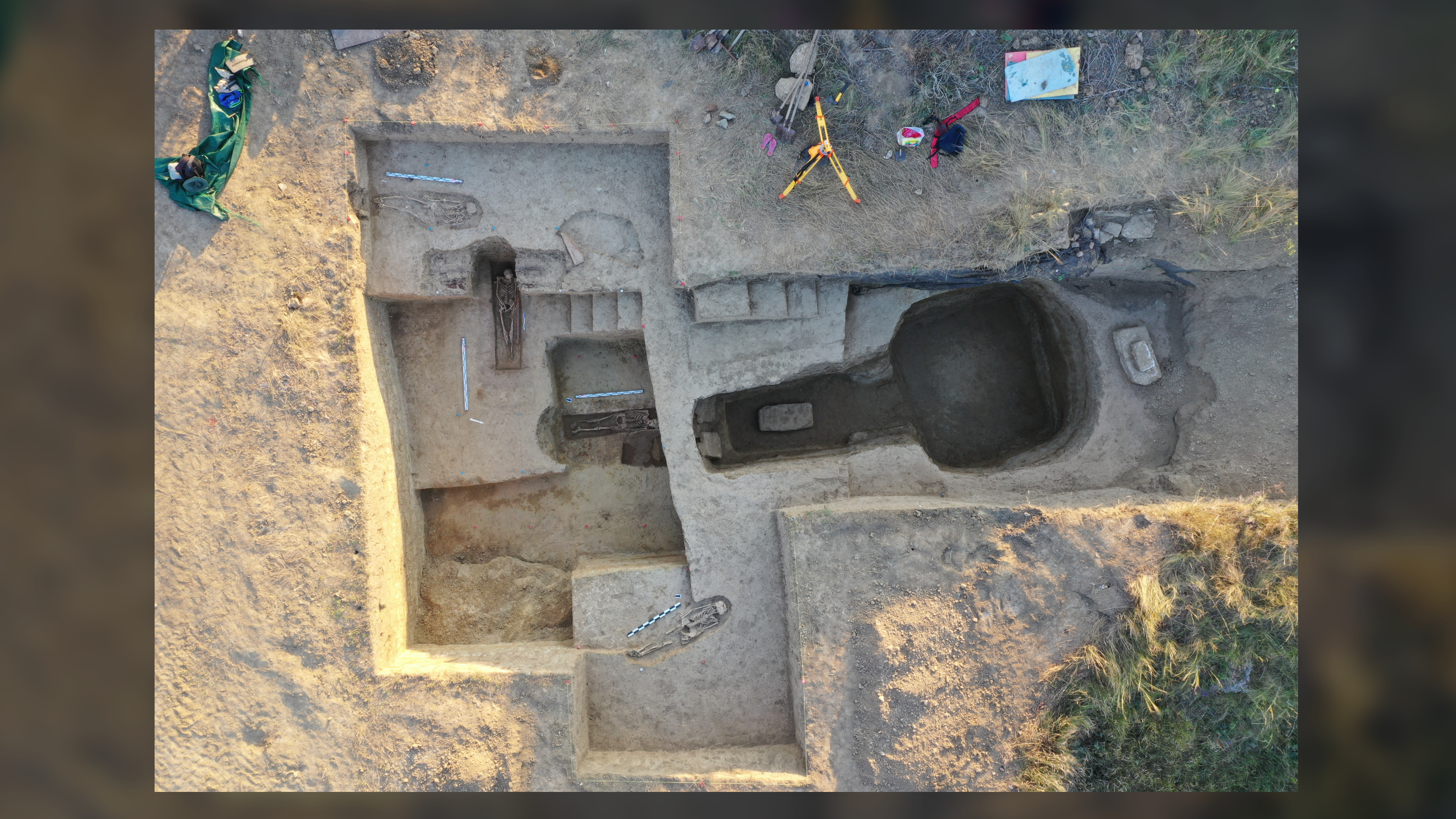
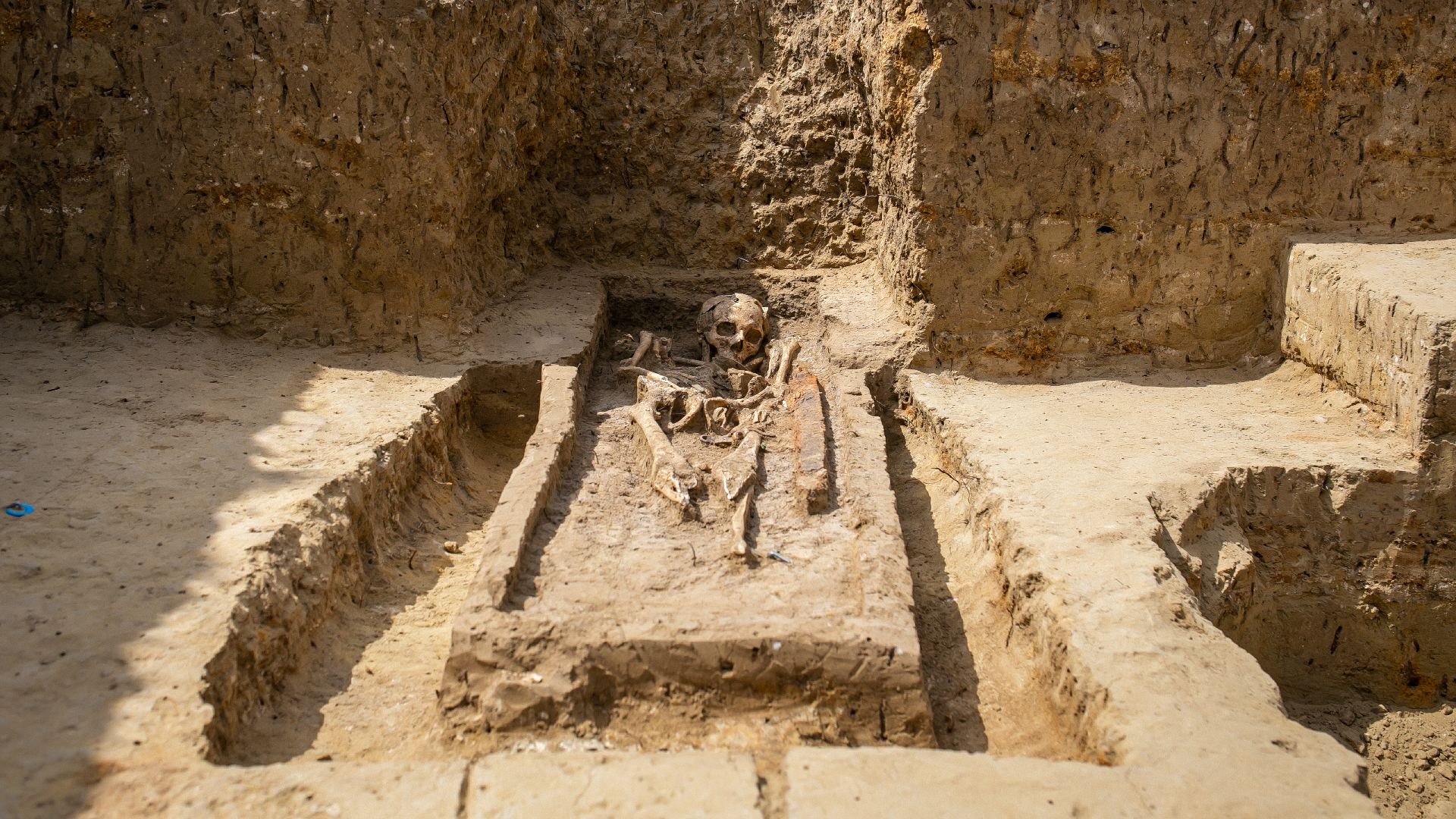
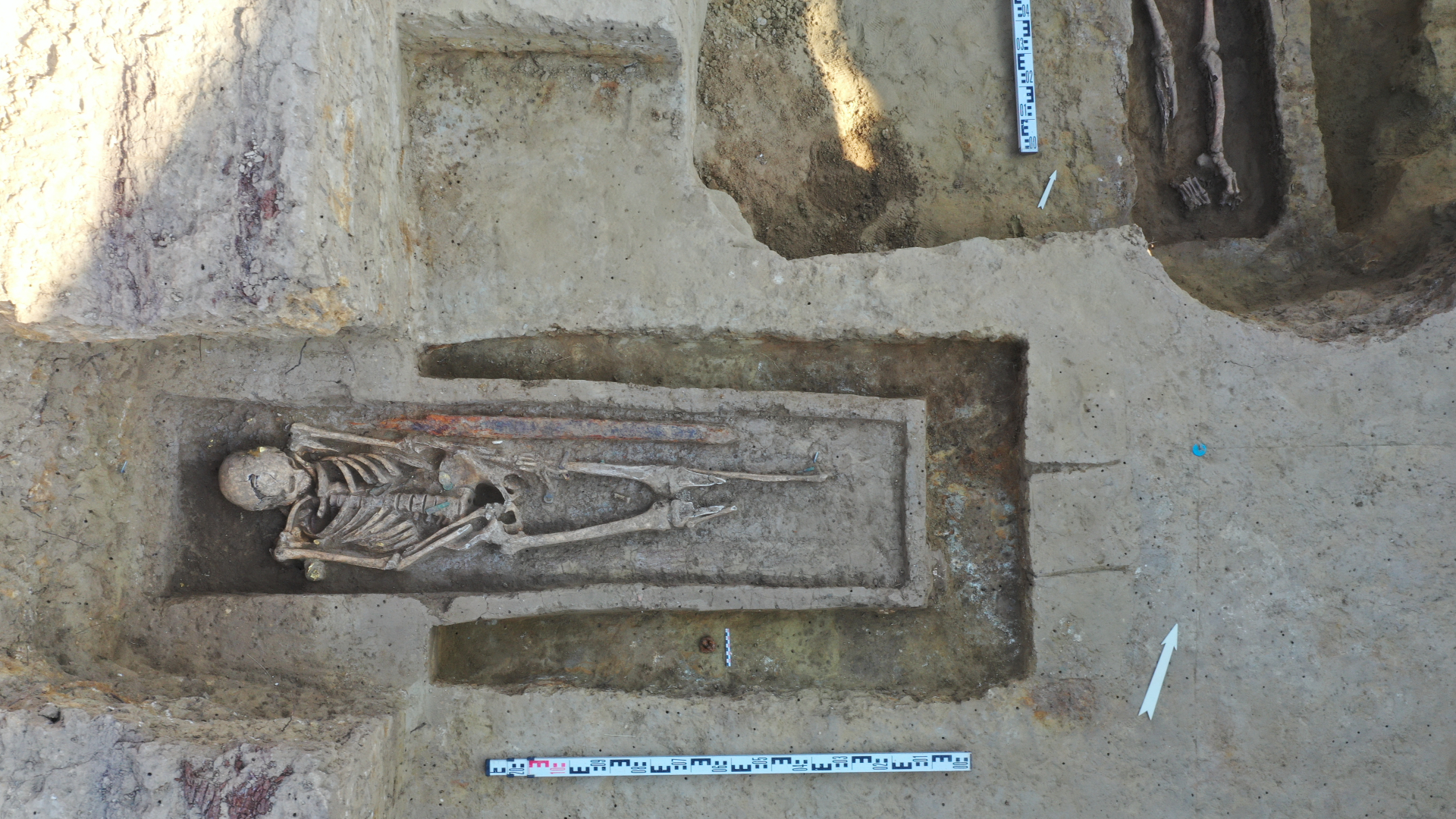
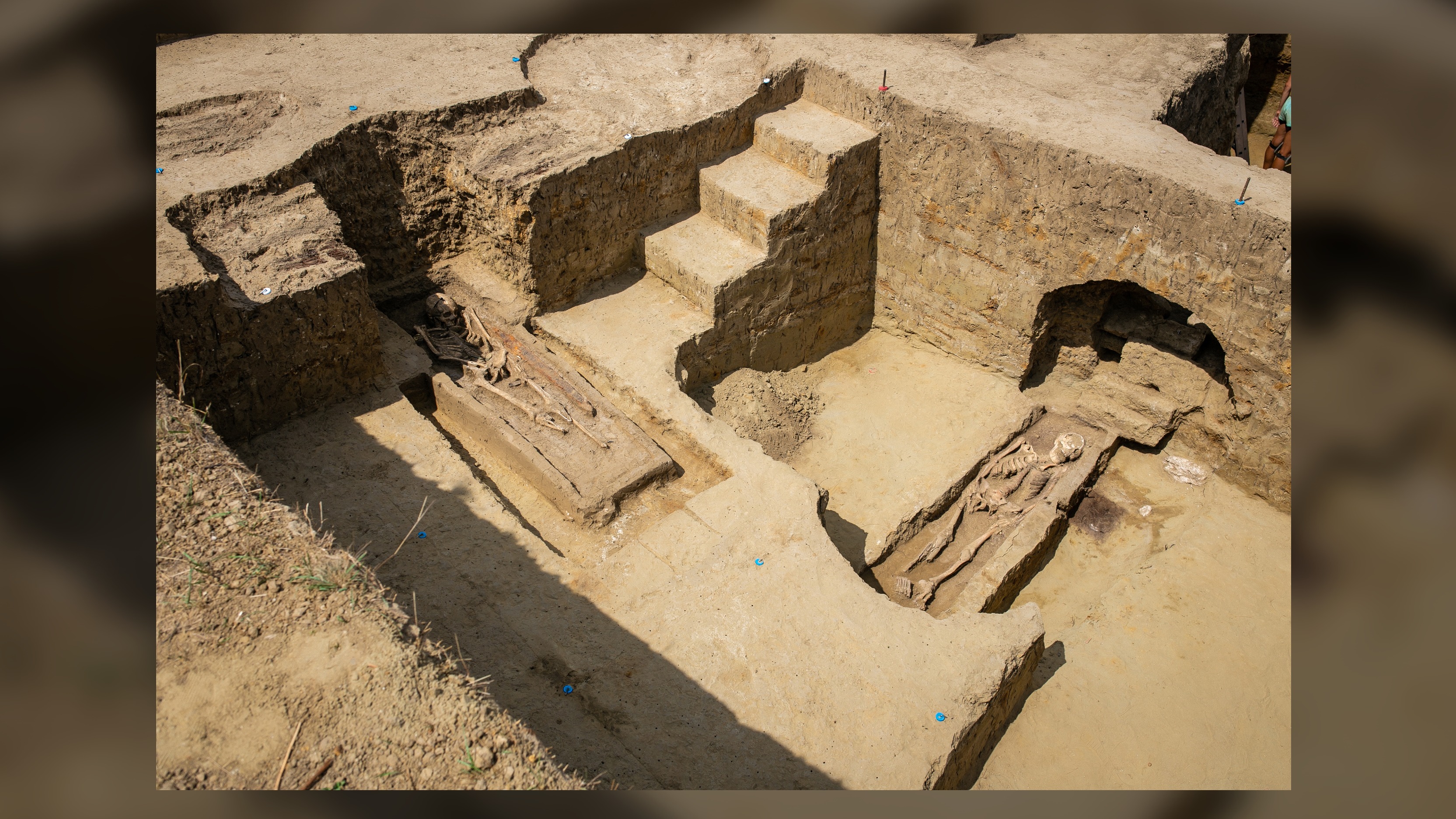
Sassanian sword
The large iron sword found in the later tomb of a warrior at the site is in the style of swords from the Sassanid, or second Persian Empire, which ruled the areas of modern-day Iran, Iraq, Turkmenistan and much of Afghanistan. The researchers think that the sword may have been a diplomatic gift or that it may have been taken as a military trophy.
According to the statement from the Volnoe Delo Foundation, "this massive, expensive and prestigious sword was part of the equipment of the horsemen of the era of the Great Migration," a period when much of Europe and Western Asia was threatened by invasions of peoples from Central Asia, such as the Huns.
"The unique find not only reflects the tastes of the late antique warriors of the Taman Peninsula, but also suggests that in the middle of the first millennium Phanagoria had close political and cultural ties with the [Sassanid] Empire," the statement said.
Fragments of a horse's harness, buckles, belt tips, glass jugs, utensils and wooden boxes were also found in the warrior's tomb, and a pottery jug, beads, a brass mirror and a pair of iron scissors were discovered in the first century B.C. grave.
Sudarev said the latest discoveries add to the importance of the Phanagoria excavations.
"In recent years, great work has been carried out here and there have been a huge number of finds," he said. "Large necropolises with thousands of Greek burials have been excavated [and] beautiful antique vases with wonderful paintings have been found there. There are thousands of them."
Among the discoveries is an inscription in Old Persian from about 480 B.C. that hints at an early Persian influence in Phanagoria, despite the supposed conflict that led to the founding of the city.
"In my opinion, this discovery can change our views on the history of Phanagoria and the entire Asian Bosporus," Sudarev said.
Editor's note: Updated at 9:14 p.m. EDT to include a statement from the Volnoe Delo Foundation that Oleg Deripaska has called the sanctions against him "false and groundless."
Tom Metcalfe is a freelance journalist and regular Live Science contributor who is based in London in the United Kingdom. Tom writes mainly about science, space, archaeology, the Earth and the oceans. He has also written for the BBC, NBC News, National Geographic, Scientific American, Air & Space, and many others.


